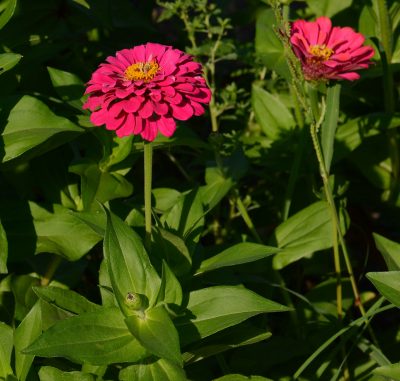What are these reddish blobs on my oak tree?
So, Jason Wisser discovered these strange reddish blobs on the undersides of his oak tree.
These are the early stages of gall-formation: tumor-like growths created by the tree in response to insect activity. We consulted AgriLife Extension entomologist Wizzie Brown who concludes that these are the result of gall midge larvae.
They’re not anything to worry about because they don’t do any long-term damage to the tree, even if you have a heavy infestation. The leaves may be misshapen a bit this season and may not perform photosynthesis at 100% efficiency, but the tree barely notices.
There are many insects that cause trees to make galls to protect and serve as a food source for their growing larvae, and some years see heavier infestations of these pests than others.
But the tree will drop these leaves at the end of the season later this year, and, most likely, next year these same insects will be less populous. In any event, even if we wanted to treat for them, the natural design of the gall prevents chemicals from penetrating through to do any damage to the growing insect inside.

